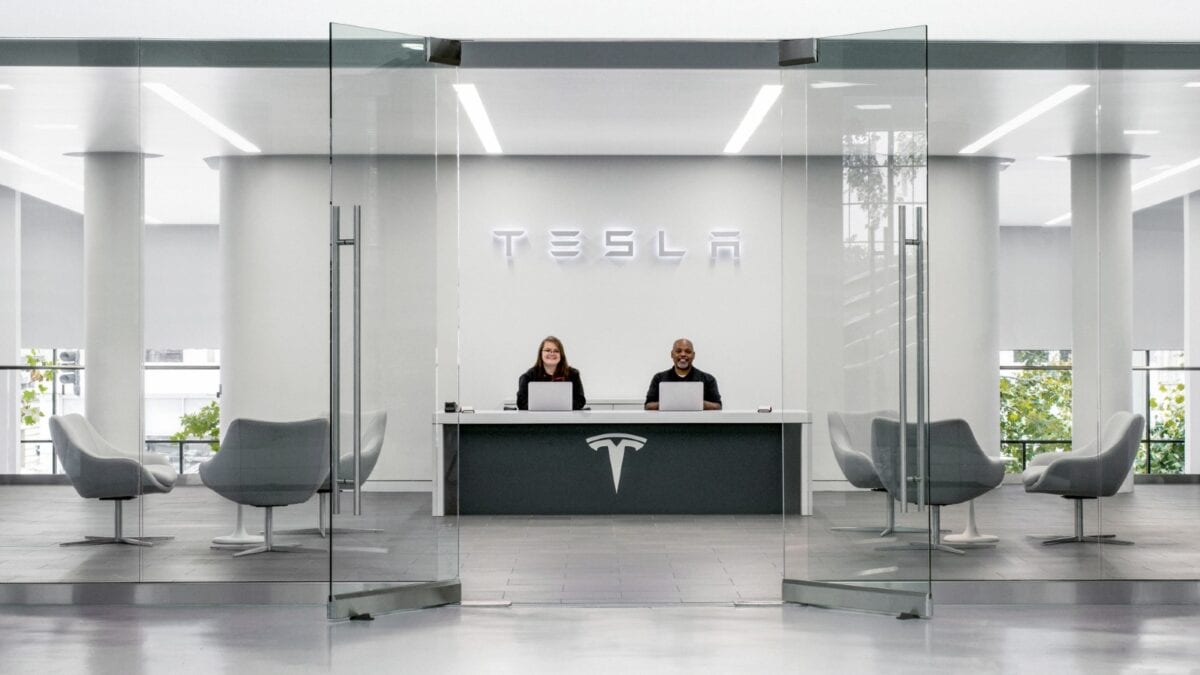After falling 24% this year, the Tesla (NASDAQ:TSLA) share price is now hovering around $188. That’s a far cry from last year’s peak of $299. Subsequently, investors question whether Tesla’s coveted inclusion in the so-called Magnificent 7 is still deserved.
The Magnificent who?
The Magnificent 7 is a loose term used to describe some of the highest-valued stocks trading on the S&P 500. The term was reportedly coined by Bank of America analyst Michael Hartnett in 2023 while discussing the stocks. In addition to Tesla, the list includes Alphabet, Amazon, Apple, Meta, Microsoft, and Nvidia. In some ways, it may be seen as a natural successor of the FAANG group of stocks.
The original list comprised the top seven S&P 500 stocks weighted on metrics like performance, innovation and economic conditions. However, Tesla has since fallen from seventh to 11th place in the S&P 500.
To EV or not to EV?
Tesla’s profit margins have skyrocketed since 2021, up from 2.2% to 15.5%. But, after reaching almost $100bn towards the end of 2023, revenue began to taper off. In its third quarter 2023 earnings release, Tesla revealed earnings per share (EPS) of only $0.58, down from $1.05 in Q3 2022.
Does this mean people are losing interest in electric vehicles (EVs)?
The reason for Tesla’s sudden decline is unclear but I’d imagine shareholders are concerned about CEO Elon Musk’s erratic behaviour. That said, one of Tesla’s key competitors in the EV space isn’t doing any better. NIO stock is down 27% this year, suggesting slower uptake of EVs generally might be part of the issue.
So if EVs look unlikely to perform well in 2024, who might take Tesla’s place in the Magnificent 7?
A major medical contender
Leading US drug company Eli Lilly (NYSE:LLY) is one S&P 500 stock with a better valuation than Tesla. In June last year, it was named the world’s largest healthcare company by market cap after surpassing UnitedHealth and Johnson & Johnson.
The rapid gains followed a successful second final-stage trial of diabetes drug Mounjaro and planned approval for an Alzheimer’s treatment.
Eli Lilly is considered to be trading at 14.7% below analyst estimates, with earnings forecast to grow by 27% per year. Subsequently, the drugmaker’s future return on equity (ROE) is calculated to be around 64%.
Risks
With over $20bn in debt and only $11.3bn in shareholder equity, Eli Lilly has a questionable balance sheet. The deficit leaves it with a debt-to-equity (D/E) ratio of 180%. It’s also worth noting that the company’s earnings growth slowed last year, with net profit margins down from 22% to 15.4%. In its most recent report, EPS was down to $5.80 from $6.93.
I still think Eli Lilly is a valuable stock with good growth potential but its balance sheet could threaten any place in the Magnificent 7.
Other possible contenders to replace Tesla include Warren Buffett’s ever-popular Berkshire Hathaway and computing giant Broadcom. Since Berkshire Hathaway currently sits just above Eli Lilly with 1.72% weighting, it would technically be the natural replacement for Tesla.
However, it was never specified that the group must include the top seven S&P 500 companies. Considering most companies in the group are very tech-focused, it may be more appropriate to include Broadcom, sitting just below Eli Lilly and just above Tesla.







